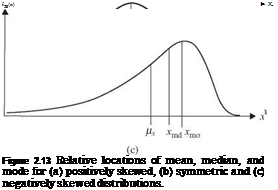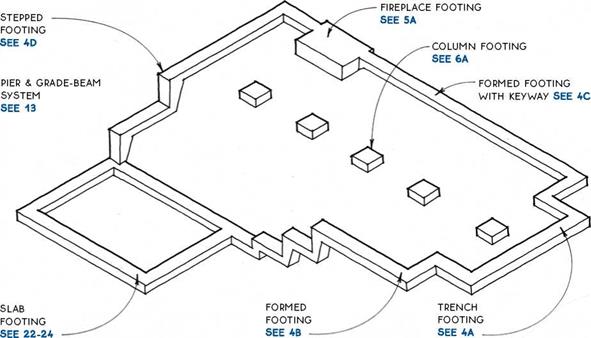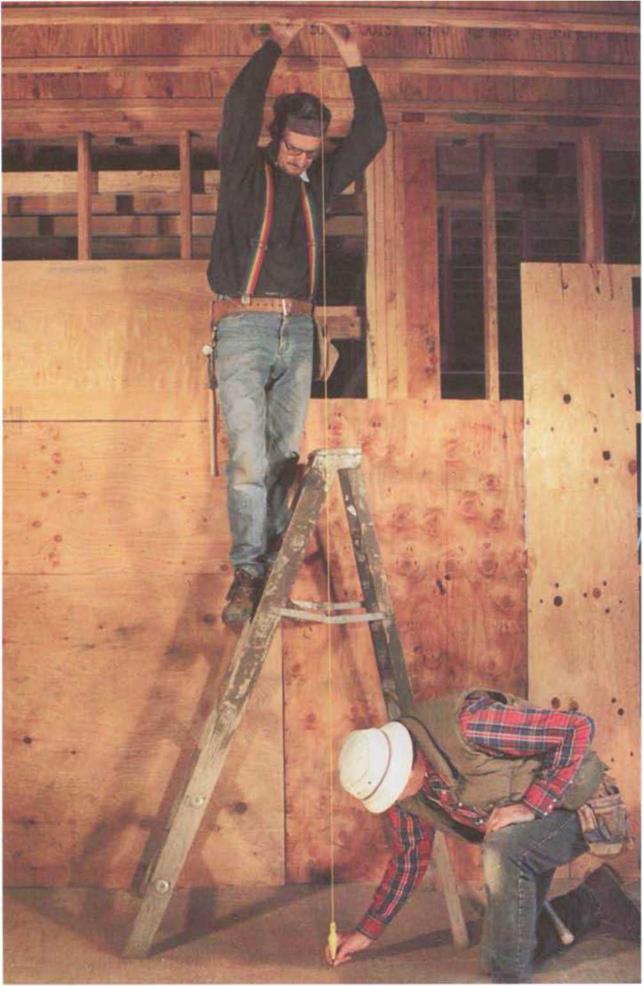Multilane Exit Ramps and Diverging Roadways
Figure 2.47 shows recommended designs for multilane exit ramps and diverging roadways. A diverging roadway is defined as a single roadway that branches or forks into two separate roadways without the use of a speed change lane.
Class I and II diverging roadways should be used when either or both the diverging roadways are mainline roadways of an expressway or a freeway. Class III diverging roadways should be used at the divergence of directional ramps within an interchange or at the divergence of ramps with non-limited-access roads or streets. In general, class III is applicable at all locations other than those requiring class I or class II.
Lane Balance and Continuity...
read more








